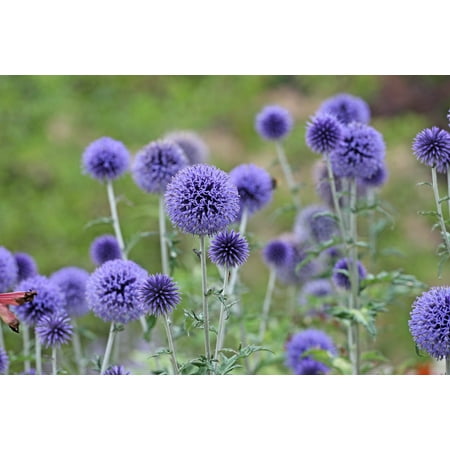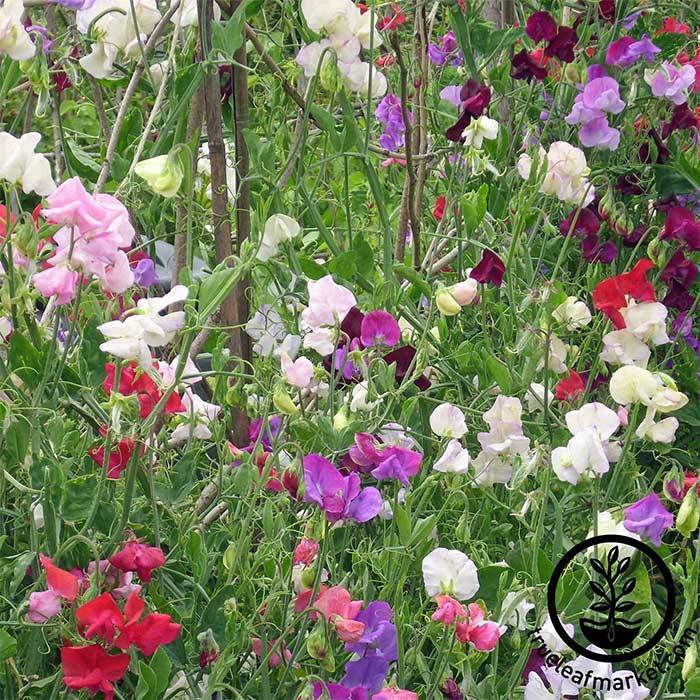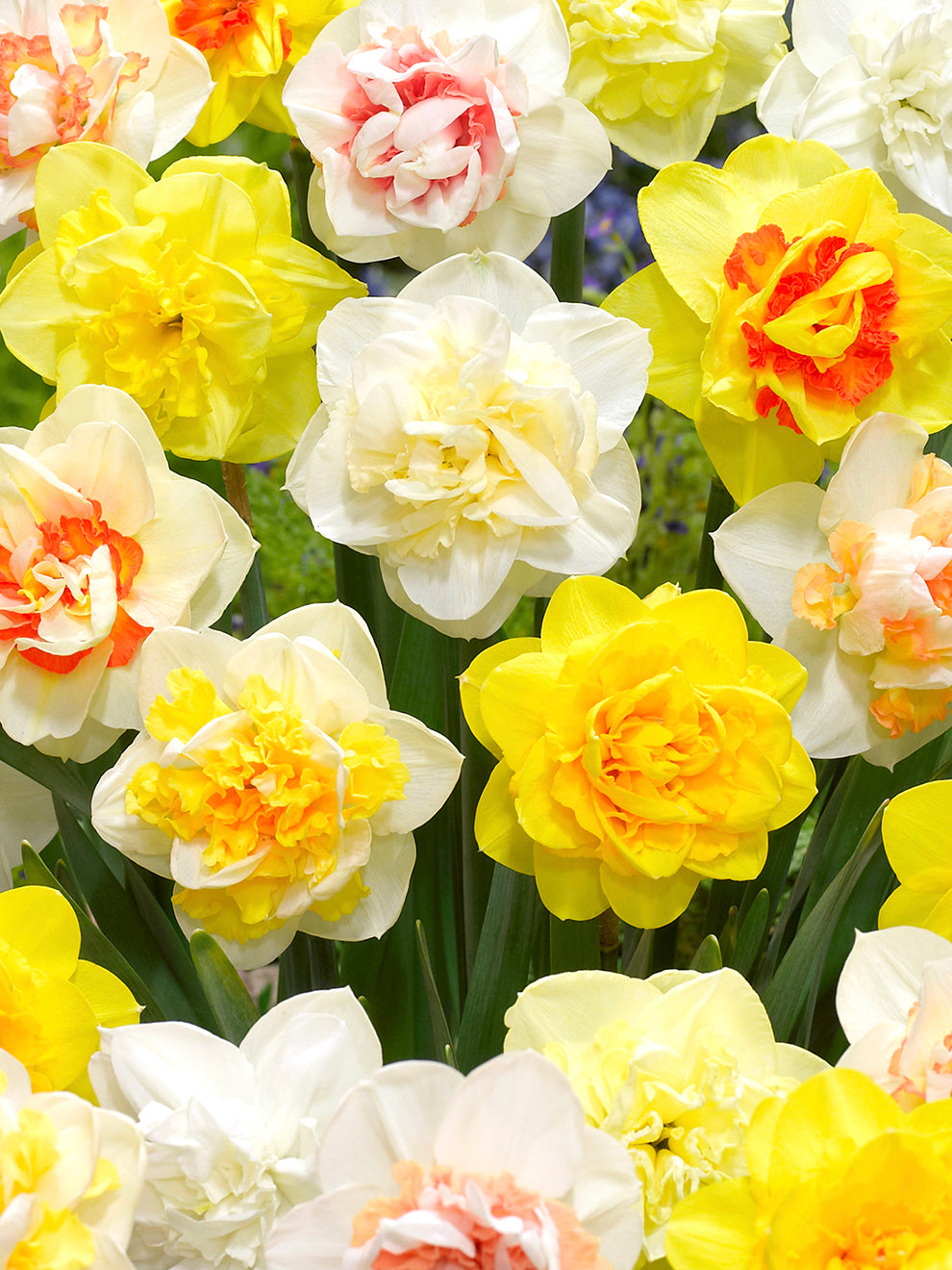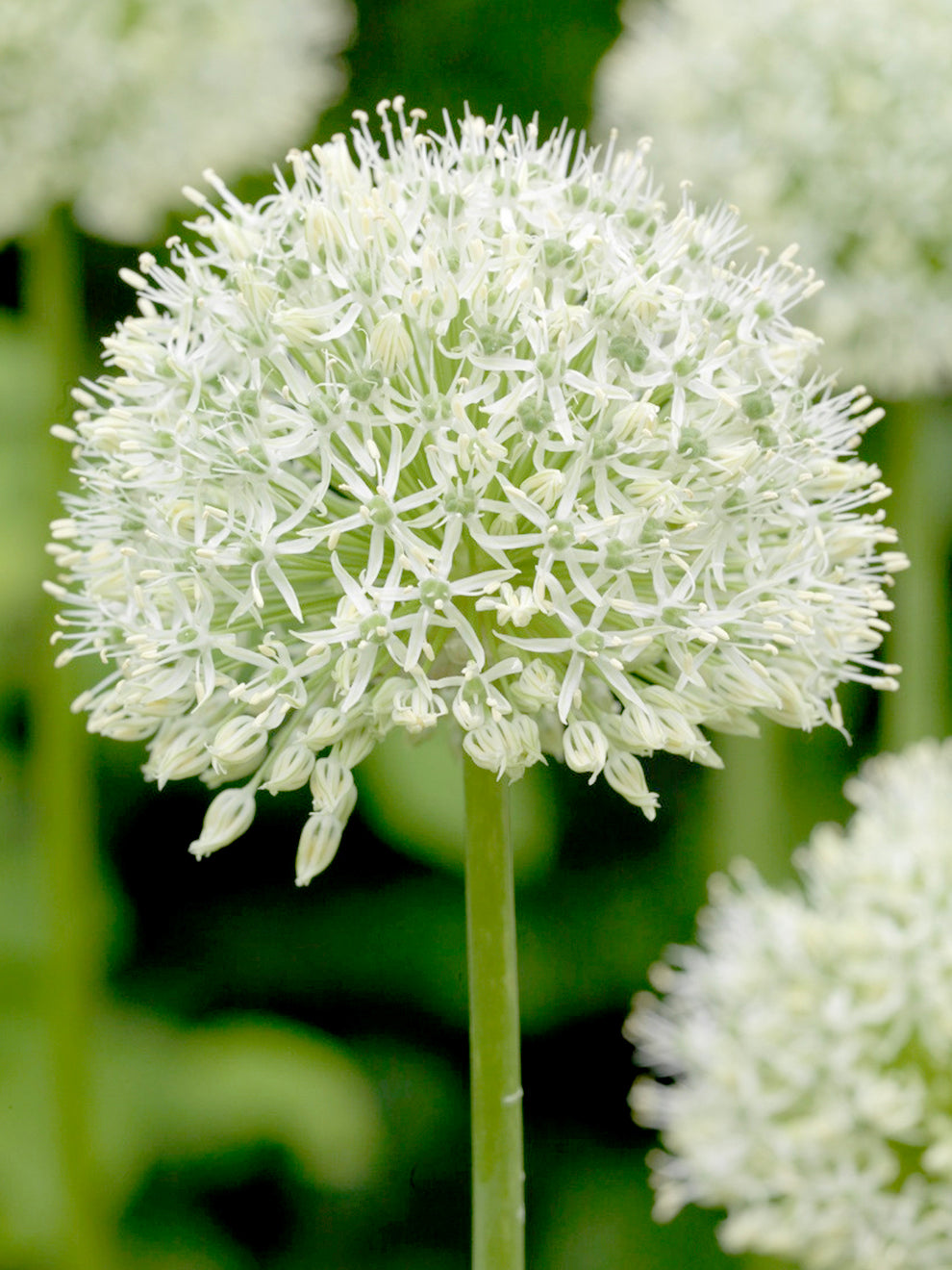7 flowers to sow in November – seeds and bulbs to plant this month for gorgeous displays in spring and beyond
Discover beautiful flowers to plant this month to brighten flower beds and borders next year

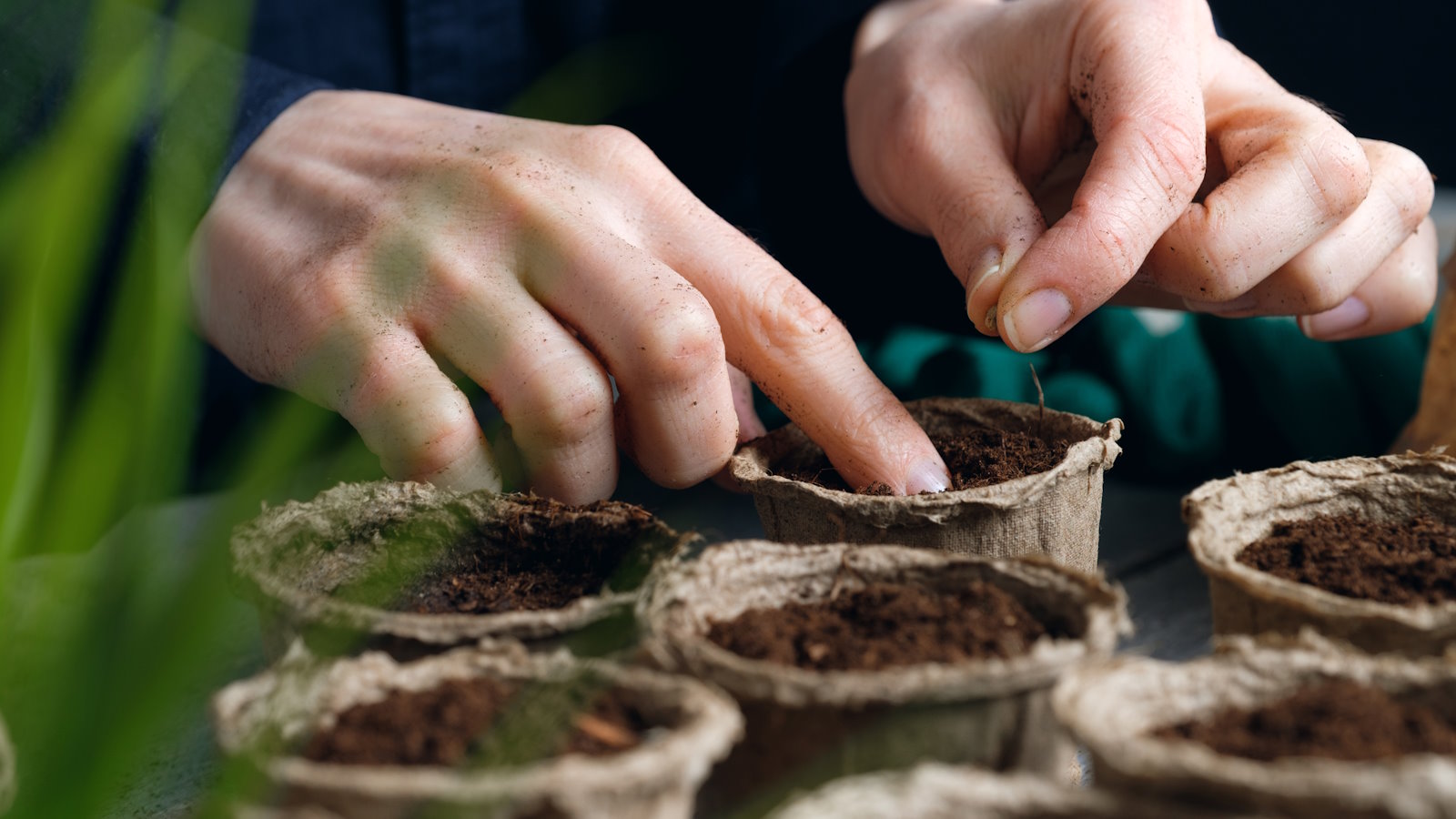
The garden tends to slow down in November as the light levels and temperatures drop. There are still many tasks to do in the garden this month, however, including sowing and planting flowers.
While you may think more about protecting plants from the cold, you should also consider what you can plant in November. As well as being an ideal time to plant shrubs and trees, there is still seed sowing and bulb planting to do this month to fill flower beds and borders with color and blooms next year.
Depending on your set-up, you may sow seeds or bulbs directly outdoors or be able to start plants indoors and look after them over winter ready to plant out in spring. Even if you sow straight into the ground, there are ways to keep seedlings protected and provide them with warmer conditions to grow in.
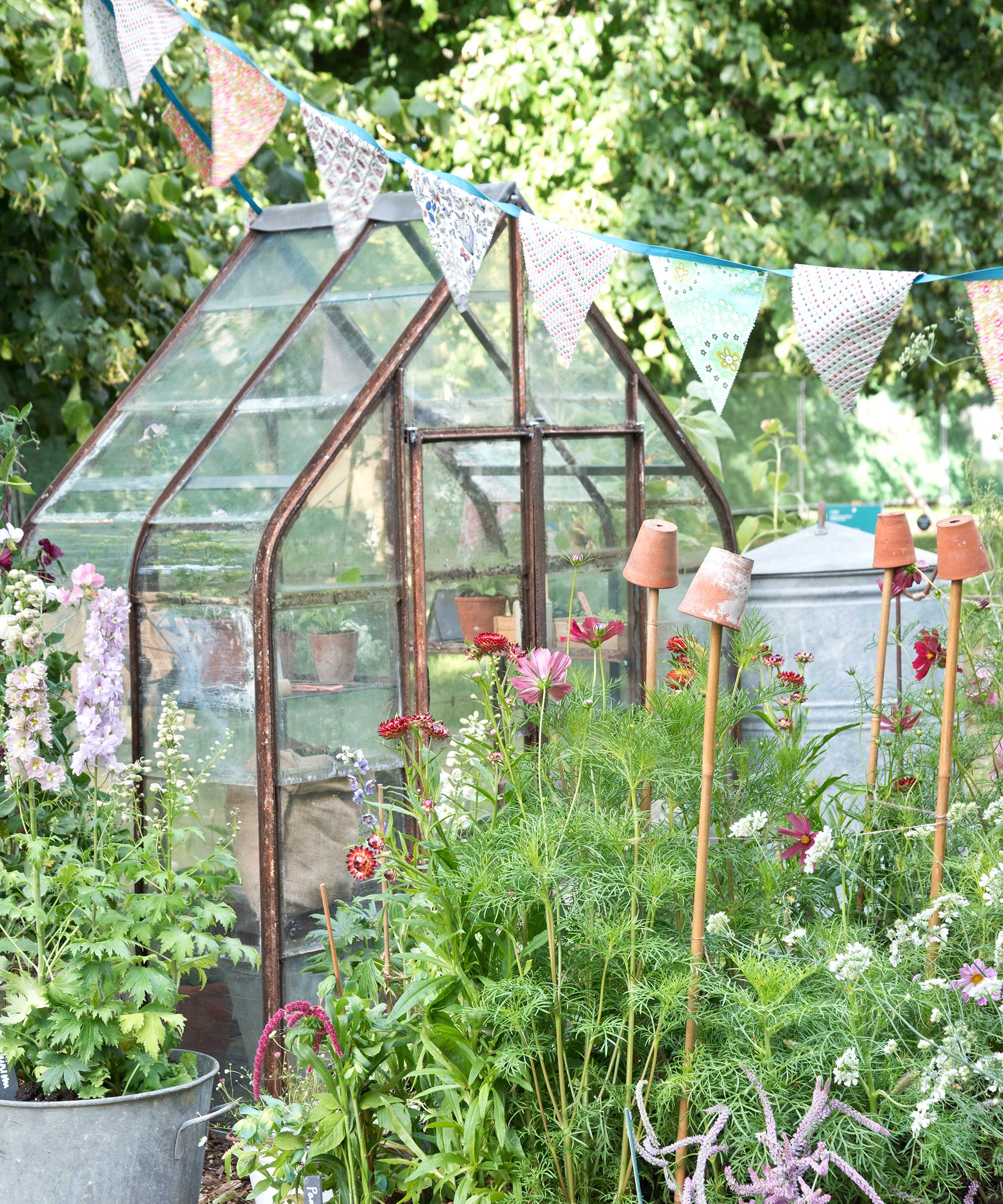
A greenhouse means you can sow indoors and protect plants over winter
Flowers to plant in November
While the list may be shorter than other months, you can still start many plants in November. Lots of spring bulbs can be planted this month, hardy perennials can be sown indoors or outdoors, and annuals started indoors to get a head start on the season and give you strong plants and earlier blooms next year. We take a look at some great ornamental plants to sow this month.
1. Echinops
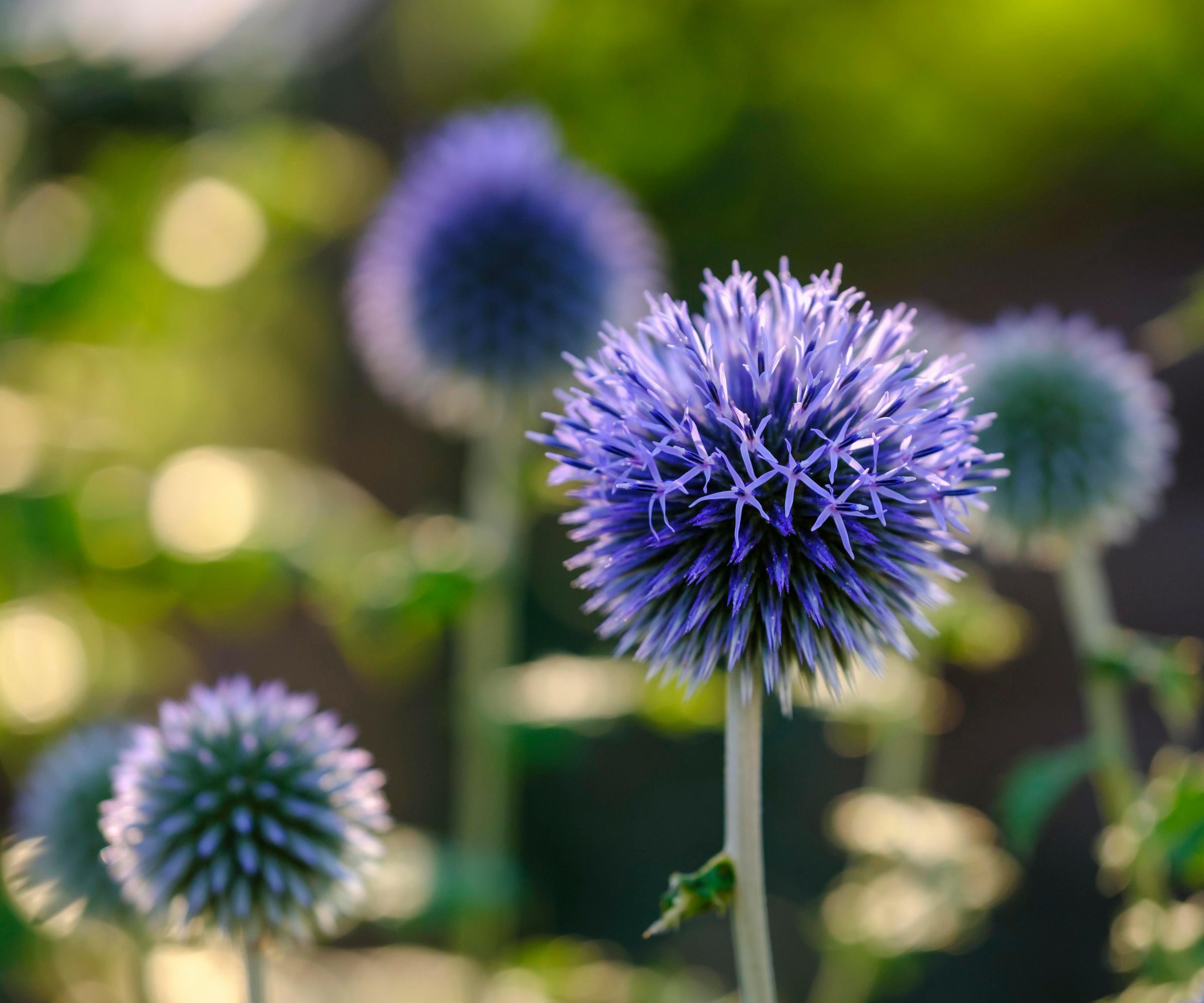
Echinops are loved by bees and other pollinators
Echinops are stunning ornamental plants with unique jagged leaves and a spiky globe-shaped flower head that come in shades of blue and silver. These perennials, also known commonly as globe thistles, are Mediterranean plants that can work in many different garden color schemes.
You can sow echinops either in spring or in fall, with November the last chance to sow these flowers in fall. When sown in November they need to be grown undercover throughout winter - so make space for them when planning a greenhouse space - ready to be planted out come spring.
Echinops seeds should be sown thinly in trays and pricked out into individual pots when large enough to handle. Grow them on until the frosts have passed and they can be planted out in the garden. Echinops commonly self-seed around the garden, though you can collect seeds to sow or take plant cuttings during the perennial’s dormant season if you want to grow more plants.
Design expertise in your inbox – from inspiring decorating ideas and beautiful celebrity homes to practical gardening advice and shopping round-ups.
2. Eryngium

Eryngium do not want highly fertile soils
Eryngium, also known commonly as sea holly, is another dramatic spiky plant. Its serrated leaves are similar to those of a thistle and it has oval flower heads that come in a range of sizes and shades, from blue to silver-white. These distinctive perennials are popular coastal plants and ideal for drought tolerant planting ideas or dry gardens.
Eryngiums like to be sown in the fall as they need a period of cold weather to ensure they germinate. Sow the seeds directly into the ground in November, or into pots or trays to keep in an unheated backyard greenhouse or cold frame, and they will hopefully burst into life come spring.
Once eryngiums are established, they will flower year after year and often self-seed freely around the garden. Their dramatic blooms make them great cutting garden flowers, and their spiky nature means they are rabbit repellent plants.
3. Lupines

Lupines bloom in a wide range of colors
Lupines are much-loved for their outstanding spikes of colorful blooms that flower in late spring and early summer. These perennials are favorites in cottage gardens and are fantastic plants for color and structure in flower borders. An added bonus is that their flowers that attract bees and other pollinators.
When it comes to propagating lupines, they can be grown from cuttings or from seed. Lupines from seed will grow in a variety of colors, so if you do want to replicate a specific plant then cuttings is the way to grow.
Growing lupines from seed requires them to experience a period of cold. While you can sow seeds from spring onwards, sowing lupine seeds in fall is an easy way to provide the cold snap they require. This can be done either in a cold greenhouse, cold frame or direct outdoors. After germinating indoors, pot plants on and look after them until spring.
Once plants are established, you can keep lupines blooming by regularly going out to deadhead flowers throughout the blooming period. A good option for sowing is the 'Russell Hybrid Mixed Colors' from Burpee that flower in a range of colors in early summer.
4. Sweet Peas
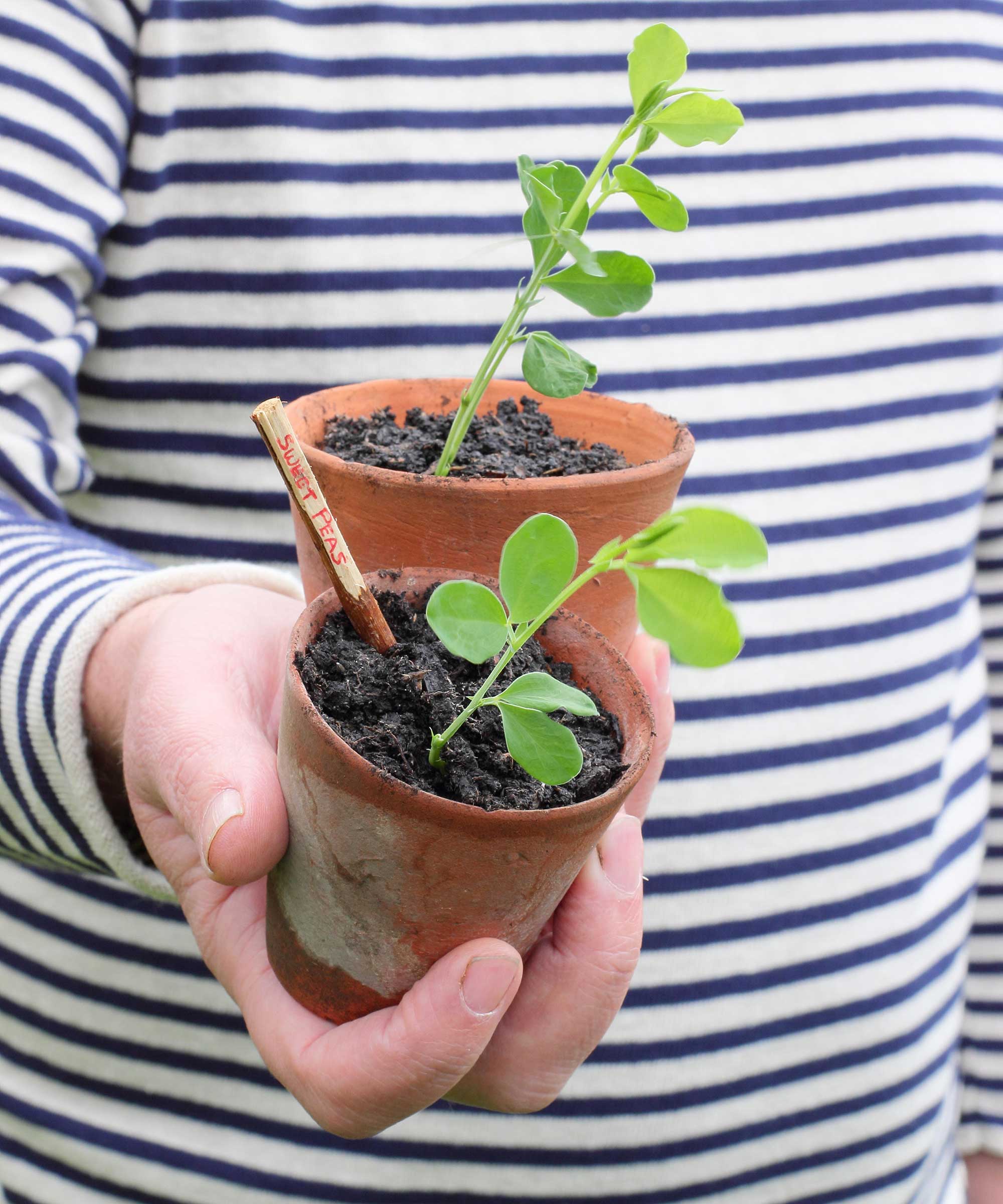
Sow sweet peas in the fall for earlier blooms next year
One of the most popular flowers around the globe year after year, growing sweet peas is very simple if you want to add these cottage garden favorites to your backyard ideas. There are hundreds of different species of sweet peas, coming in all manner of colors, sizes and scents. Sweet peas are reliable and outstanding annuals for flower beds and perfect for planning a cut flower garden.
These classic annual favorites can be sown in spring or the fall and November remains an ideal time to plant sweet peas indoors. It is not too late to sow this month if you want to get ahead and be rewarded with earlier blooms next year.
Sow seeds indoors into pots filled with quality potting compost and keep them in a greenhouse or cold frame to grow over winter. The young plants can be transplanted into the garden in spring once the temperatures have risen, after a period of hardening off the seedlings.
5. Tulips
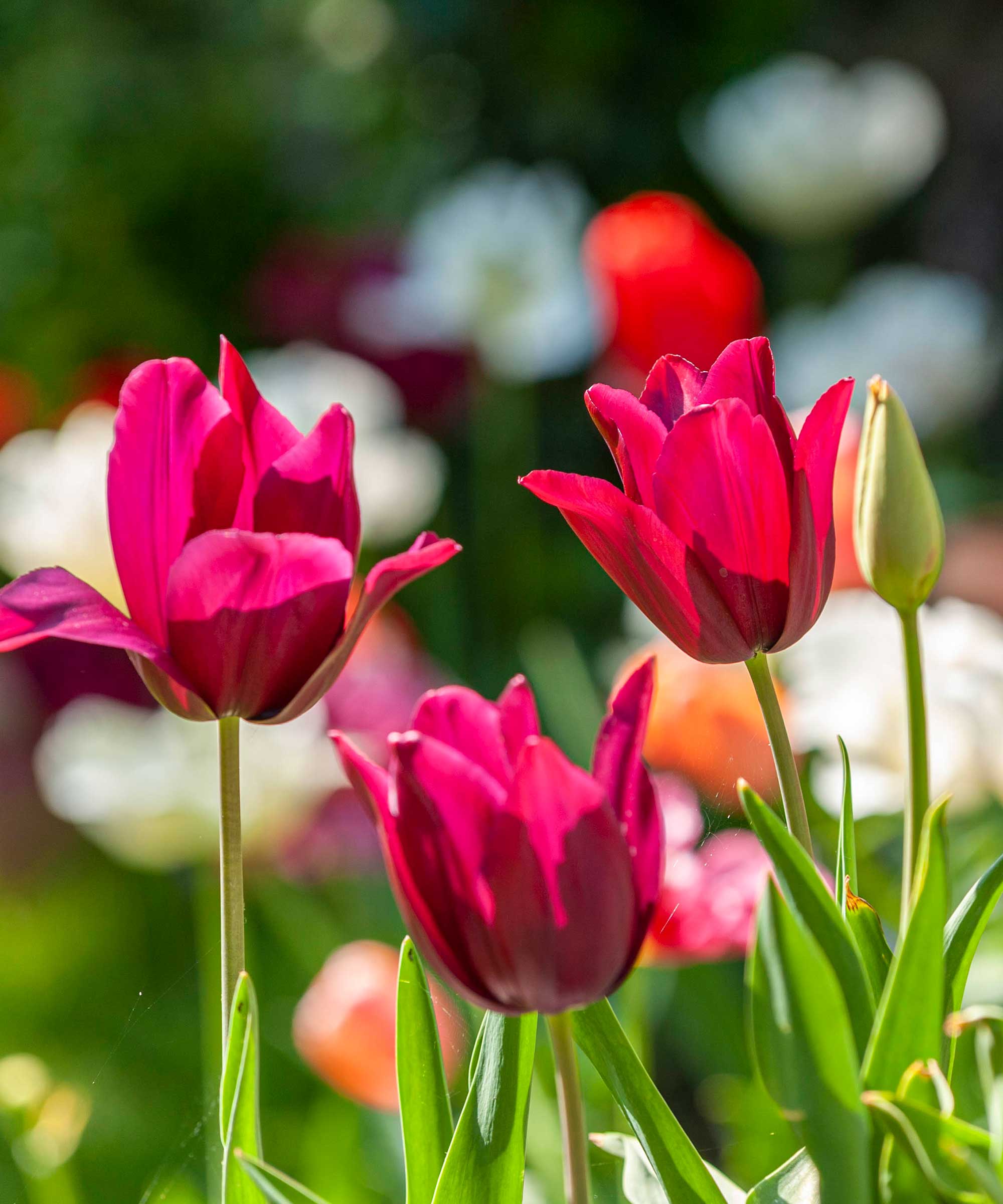
Planting tulips in November combats diseases
November is a great month to plant tulip bulbs. Whatever type of tulips you pick, whether they are species tulips, fringed tulip varieties, parrot types, double-flowering tulips, or any other of the 15 different groups, planting in November helps prevent tulip fire as the cold weather kills the fungal spores.
As with all spring bulbs, plant tulips at twice the depth of the bulb. Also, ensure the pointy end is facing upward and the bulbs are at least four inches apart. The bulbs can be planted individually, in groups, or containers. Depending on how many bulbs you are planting, you can use a garden trowel or a bulb planter.
Discover the range of tulip bulbs at Dutch Grown
6. Daffodils

Daffodils are grouped according to their flower shape and blooming period
If you plan on planting bulbs in the fall, you cannot go wrong with daffodils. With the sheer number of varieties of narcissus bulbs - there are more than 50 species and 25,000 varieties - coming in different colors, forms, and flowering times, it means there will be a daffodil to suit any desire.
Planting daffodil bulbs can be done from September onwards and The American Daffodil Society recommends November as an ideal time to plant in warmer climates. Plant daffodils in a sunny or light-shade position in well-draining soil and make sure the hole is at least twice as deep as the bulb’s height.
The planting height is important. Too deep is a bulb planting mistake that can leave them susceptible to rotting, while too shallow means there is more risk of pests digging them up. Large varieties will need deeper holes than miniature bulbs such as dwarf types of daffodils.
7. Alliums
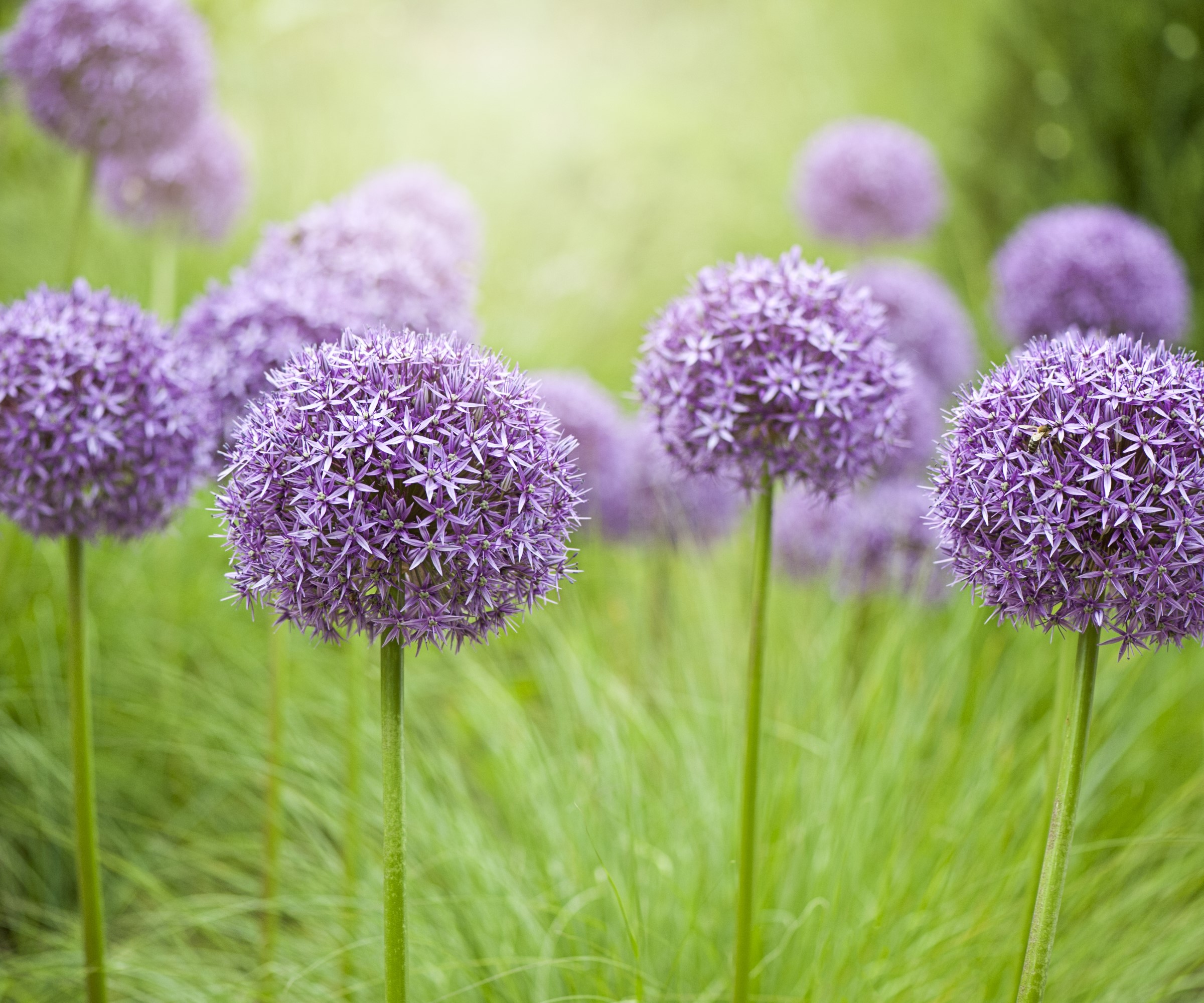
Alliums can grow up to five feet in height
Another stunning spring bulb to plant in fall, alliums always impress with their pompom blooms sitting atop tall stems that come to the fore in late spring and early summer. Say alliums and most people think of the classic purple blooms, but different varieties come in red, yellow, or white shades and can be more unusual bulbs to plant in fall than the common types.
All varieties of alliums can be planted this month into deep holes in flower beds, while shorter varieties can be added to large planters to grow in container gardens. If you have heavy soil, it is beneficial to add drainage to the planting hole to avoid the bulb rotting in cold and wet soil over winter. Plant allium bulbs before the ground freezes and you’ll need to do little else until the bulb bursts into life come spring.
FAQs
Can I sow wildflower seeds in November?
You can sow wildflower seeds in spring or fall, with later sowings offering the benefit of earlier blooms in the spring. While some wildflowers may want a period of cold to break their dormancy, too much winter frost can cause damage. Unless you live in a milder climate, it may be best to sow them indoors in November or wait until spring to plant wildflower seeds.
Fall sowings are also not recommended for soils that are liable to get waterlogged or sit very wet for long periods during the winter. There is such a huge range of wildflower species to choose from for a wildlife garden, so check any seed packets for the recommended sowing dates.
Can I sow cornflowers in November?
Cornflowers come in a range of colors and are regularly seen in seed mixes for wildflower meadows. The plants can be sown either in the spring or in the fall, however October is usually the end of the fall planting window for cornflowers. Cornflowers can tolerate light frosts, making fall sowing only really suitable for climates with milder winters, but an early sowing can mean an earlier show of blooms next year.
Knowing where and how to store bulbs is important if you cannot plant them immediately after purchase. Keep them in a cool and dry location with good air circulation and away from where mice or other rodents may be attracted to them. Storing them for a short period means they will be good when you get around to planting them, but spring bulbs should only be stored for a few weeks and planted before the first frosts.

Drew has worked as a writer since 2008 and was also a professional gardener for many years. As a trained horticulturist, he worked in prestigious historic gardens, including Hanbury Hall and the world-famous Hidcote Manor Garden. He also spent time as a specialist kitchen gardener at Soho Farmhouse and Netherby Hall, where he grew vegetables, fruit, herbs, and cut flowers for restaurants. Drew has written for numerous print and online publications and is an allotment holder and garden blogger. He is shortlisted for the Digital Gardening Writer of the Year at the 2025 Garden Media Guild Awards.
